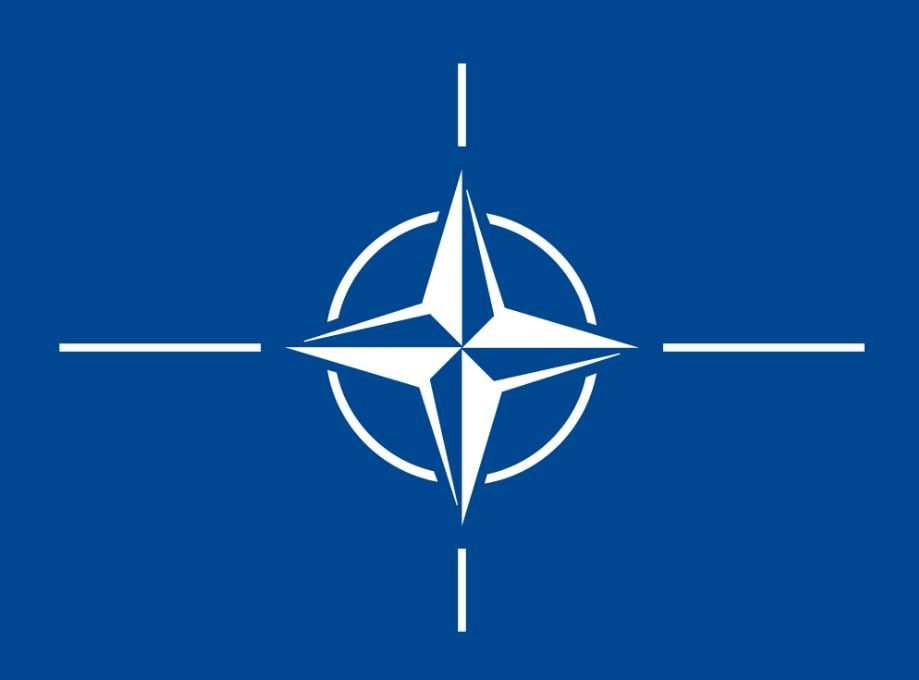The war in Ukraine has cast a harsh light on the vulnerabilities in Europe’s defense infrastructure. While the NATO summit focused on the conflict and upcoming U.S. elections, military planners have been quietly assessing the monumental task of modernizing and reinforcing the continent’s defenses. This article delves into the challenges facing NATO and the urgency of addressing these deficiencies.
Crumbling Foundations: Identifying Critical Shortcomings
NATO leaders approved a comprehensive defense overhaul last year amid escalating concerns about Russian aggression. Since then, officials have meticulously evaluated the minimum defense requirements to fulfill these plans. This evaluation revealed significant shortcomings in crucial areas, including:
- Air defense and long-range missile shortages: Europe lacks sufficient air defense systems and long-range missiles to counter potential threats effectively.
- Insufficient troop numbers: NATO forces are undermanned, hindering their ability to respond to crises and deter aggression.
- Ammunition deficits: Stockpiles of ammunition are inadequate to sustain prolonged conflicts.
- Logistical hurdles: The logistical infrastructure for transporting troops, equipment, and supplies is outdated and inefficient.
- Vulnerable digital communication: Secure digital communication systems are essential for coordinating military operations, but NATO’s infrastructure is outdated and vulnerable.
Financial Implications and Political Realities
Addressing these deficiencies will require substantial financial investments. However, budgetary constraints among European members and varying stances on Russia could pose challenges to NATO’s unity. The upcoming U.S. presidential election further complicates matters, as the potential return of former President Donald Trump, who has criticized NATO, could strain transatlantic relations.
The Path Forward: Strengthening Europe’s Defenses
Despite the challenges, NATO officials acknowledge the need for European allies to increase defense spending beyond the current target of 2% of GDP. The alliance is developing granular plans to address logistical challenges, enhance cyber defenses, and establish early warning indicators for potential Russian aggression.
Key Learning Points
| Aspect | Key Point |
|---|---|
| Defense Shortcomings | NATO faces deficiencies in air defense, troop numbers, ammunition, logistics, and digital communication. |
| Financial Challenges | Budgetary constraints and political disagreements could hinder NATO’s efforts to address these shortcomings. |
| U.S. Election Impact | The upcoming U.S. presidential election could impact transatlantic relations and NATO’s future direction. |
| The Path Forward | NATO is developing detailed plans to address logistical challenges, enhance cyber defenses, and improve early warning systems. |
Summary: The war in Ukraine has exposed critical gaps in NATO’s defense capabilities. These include shortages in air defense, troop numbers, ammunition, logistical infrastructure, and secure digital communication. Addressing these deficiencies will require substantial financial investments and overcoming political challenges. The upcoming U.S. presidential election adds another layer of complexity to the situation. However, NATO officials acknowledge the urgency of modernizing Europe’s defenses and are developing detailed plans to do so.
Soumya Smruti Sahoo is a seasoned journalist with extensive experience in both international and Indian news writing. With a sharp analytical mind and a dedication to uncovering the truth, Soumya has built a reputation for delivering in-depth, well-researched articles that provide readers with a clear understanding of complex global and domestic issues. Her work reflects a deep commitment to journalistic integrity, making her a trusted source for accurate and insightful news coverage.



